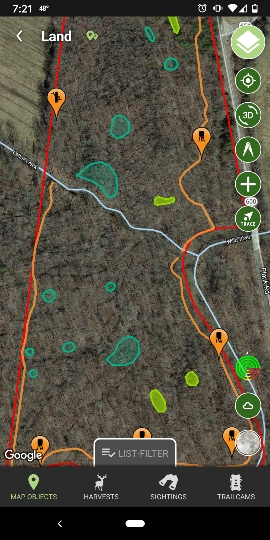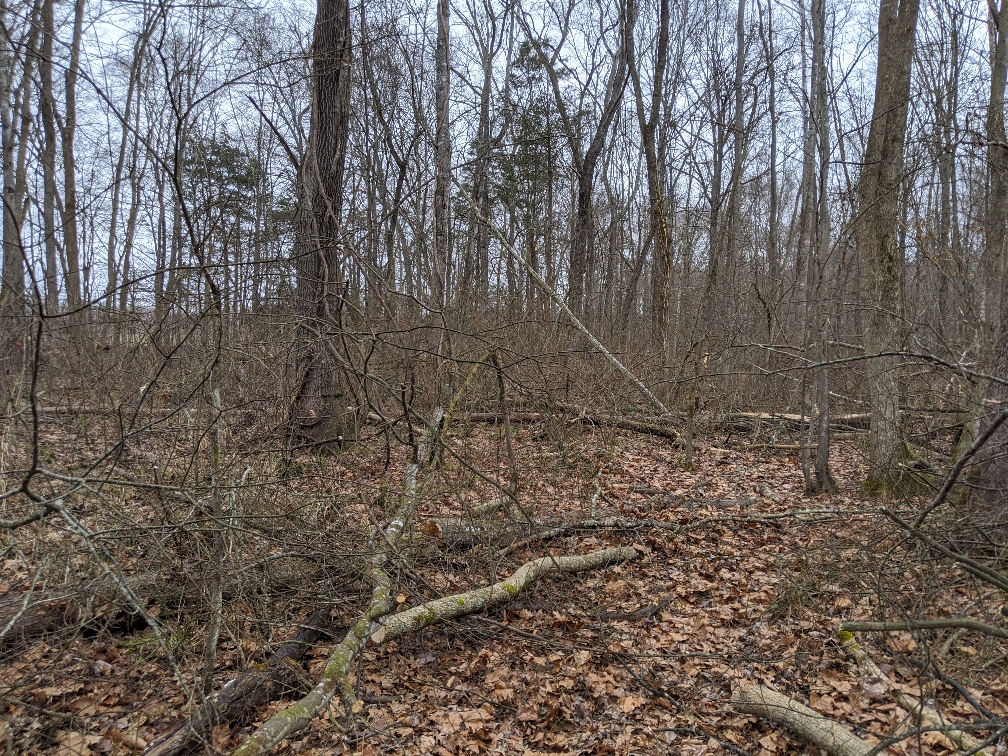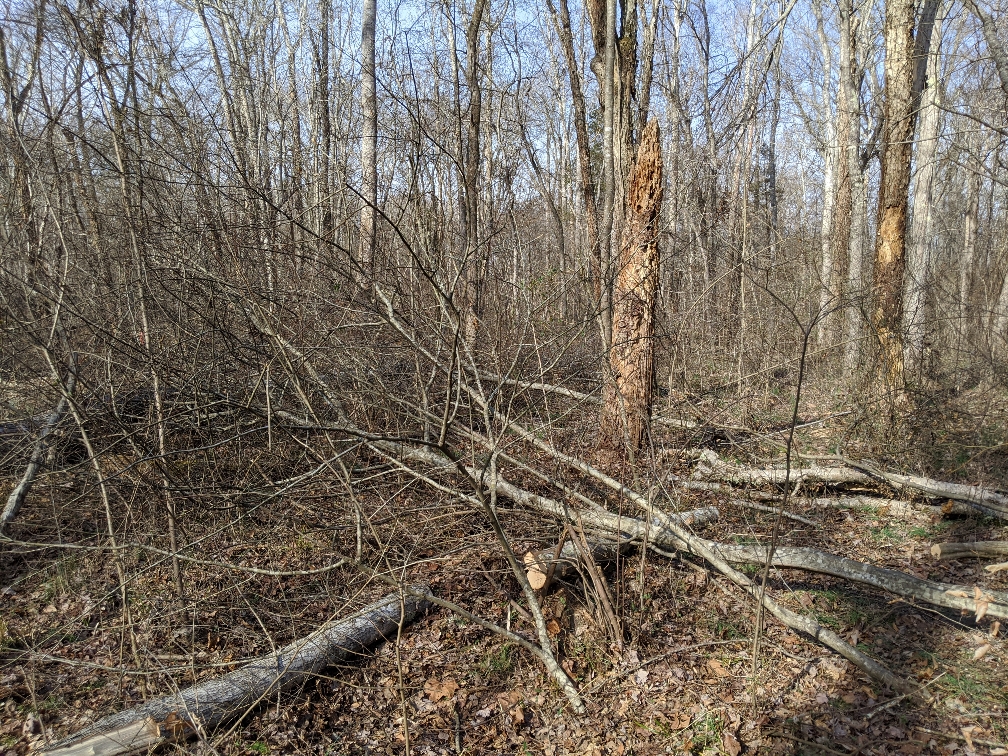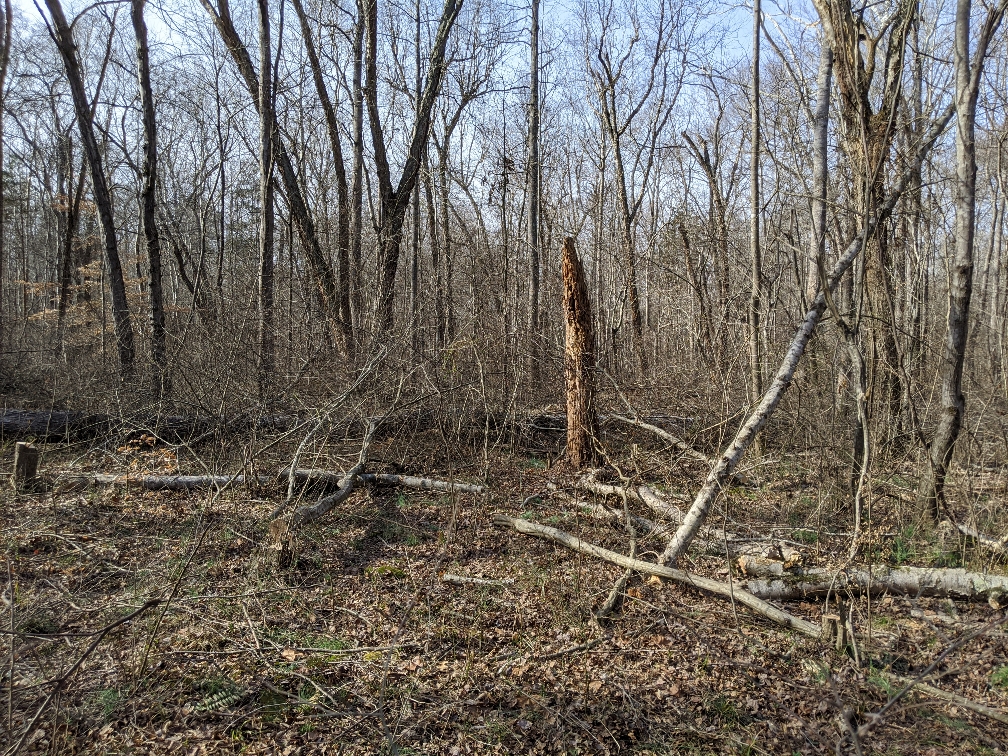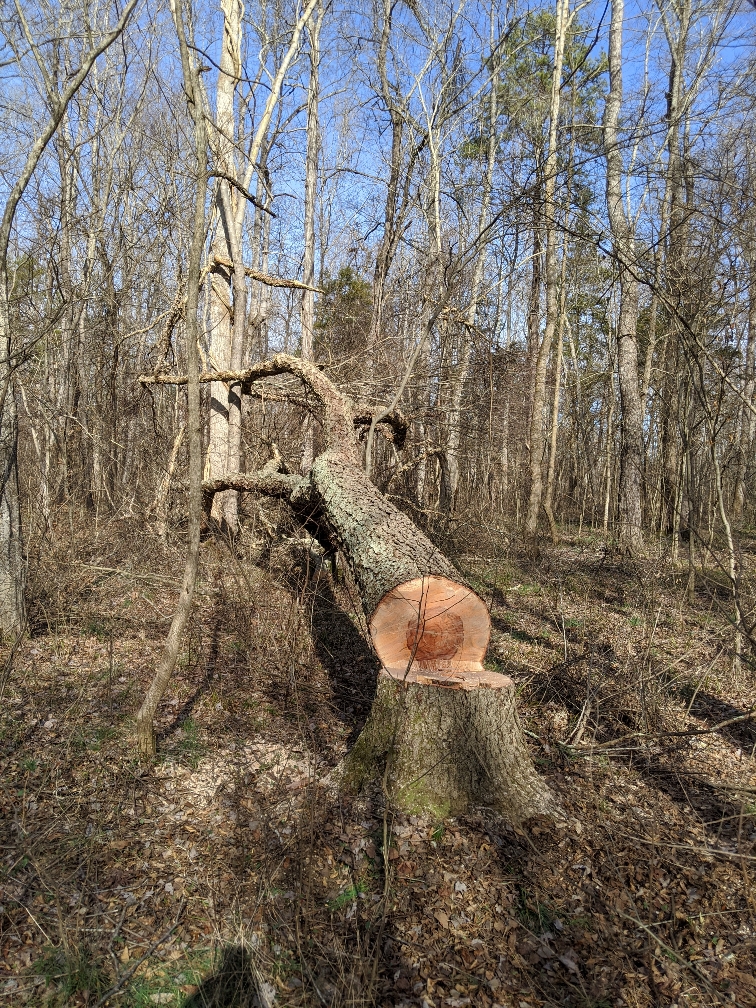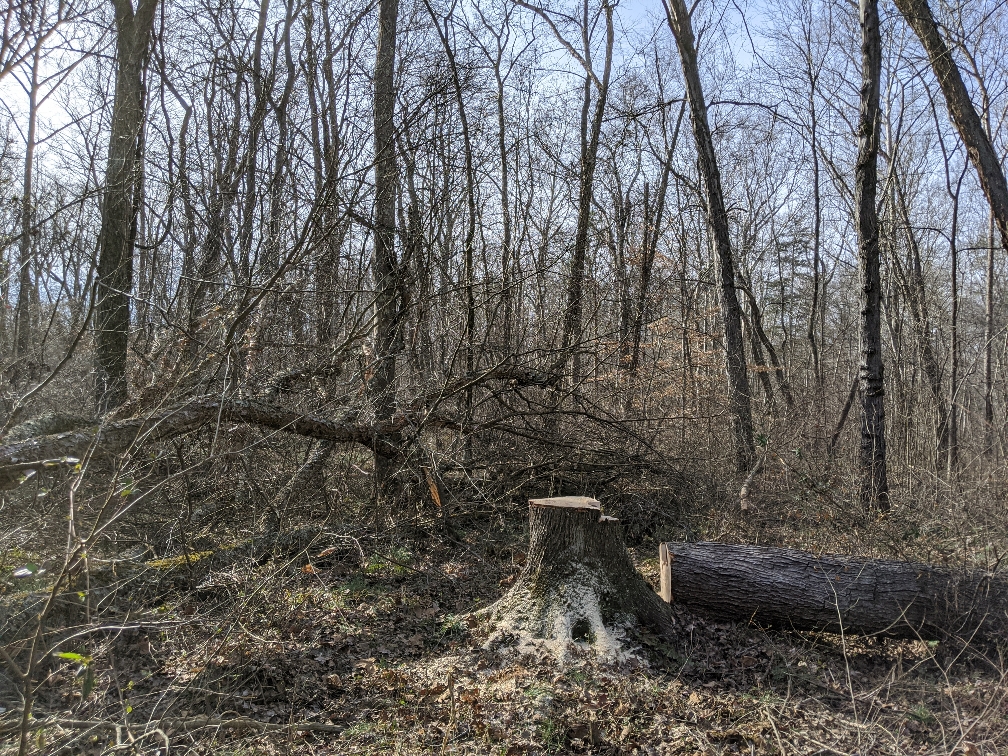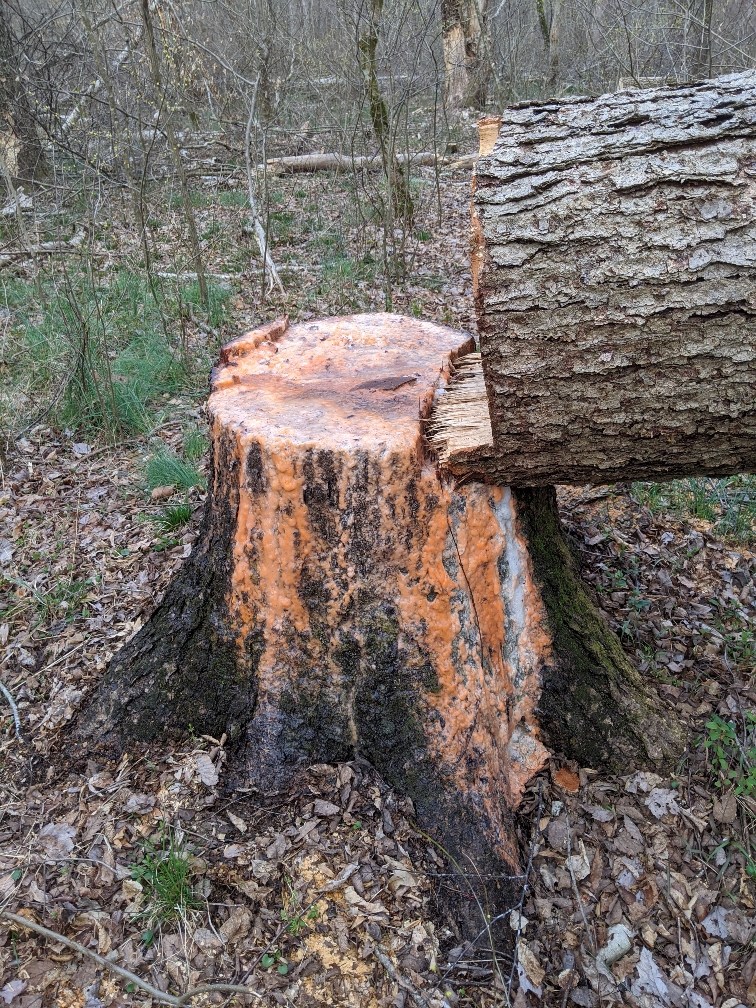dogghr...Someone on here turned me on to the Mississippi State University podcast called "Deer University", a few weeks ago and I'm just getting into the episodes. Regarding habitat management and improvement, it seems to be directed more toward the south where we're known for our planted pine stands and the best management practices for attracting deer to this habitat. The one thing that comes through loud and clear, regardless of locations across the whitetail range, is that cover and food are paramount in maintaining ideal deer habitat.
A canopied, mature hardwood forest is very similar to a canopied pine stand/forest with the exception that the canopied hardwoods do provide ample food when acorns are dropping whereas a canopied pine stand provides almost no food or cover. Thus, the need to create areas where sunlight hits the forest floor, providing not only food and cover, but also the other things you mention - moisture and soil building.
I've posted on here that I felt my hinging a few years ago was a waste of time in my case due to the fact that my land is not dominated by mature hardwood forests. I have a 50/50 mix of hardwoods and pine. I love the hardwoods and the mast they produce. But, to accomplish the same as you are doing, (random clusters), I get that naturally when thinning and burning our pine stands. I took this pic a a couple of weeks ago after mowing my clover. This is in a section of pines where I did a 5th row thinning in 2015 that is now, and has been for the past few years, head high in all manner of forbs, weeds and grasses. Everywhere pines were thinned is now a glorious mass of browse and cover. And, this section was burned back in March with the subsequent growth now shoulder high.
Thus, although by totally different methods, we both are producing habitat that provides cover and food, adds to the soil and creates a more diverse habitat. The only reason I mow this strip, which is about 300 to 400 ft long, is to provide a natural entry/exit point into the lower section of our largest plot. I find even the deer take the path of least resistance, i.e., mowed trails, when the cover is super thick. One could say I maintain it as a random cluster in that this trail dead-ends into a beautiful hardwood drainage with mature white oaks, reds and water oaks. The hardwood draw is a great morning sit and the plot is a great afternoon sit with the trail thru the mowed flora providing a path for deer to enter and exit.
Carry on! Love your thought provoking threads...
View attachment 16432











